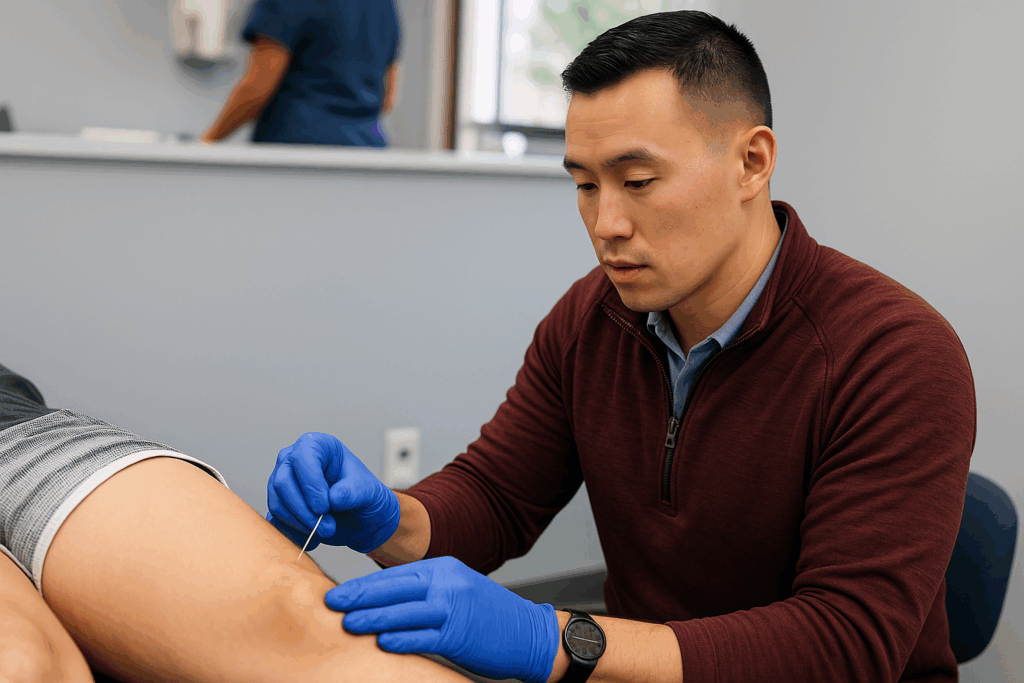Introduction
Ensuring a safe workplace is not just about compliance; it’s about fostering a culture where safety and productivity coalesce. With a proactive approach to injury prevention, employers can protect their employees and boost overall workplace efficiency. This article delves into essential strategies for minimizing risks, underscores the importance of training, and explains how thoughtful workplace design and regular assessments contribute to a secure environment.
The Importance of a Safety-First Culture
Building a workplace culture that prioritizes safety is fundamental. This involves empowering employees to take ownership of their well-being while encouraging open communication about potential hazards.
- Employee Engagement: Involve employees in safety planning and decision-making to foster a sense of responsibility.
- Open Communication: Create channels for reporting hazards without fear of repercussions, encouraging transparency.
- Leadership Commitment: Leaders should actively demonstrate their commitment to safety by participating in safety training sessions and briefings.
Effective Training and Education
Training is a critical component of workplace safety. A well-designed training program helps employees recognize risks and apply best practices to avoid injuries.
- Regular Training Sessions: Frequent, hands-on training keeps safety practices fresh in employees’ minds.
- Comprehensive Curriculum: Address all potential risks specific to the work environment in training materials.
- Continuous Learning: Encourage ongoing education on the latest safety protocols and technologies.
Strategic Workplace Design
Thoughtful design can greatly reduce the risk of injuries, making the physical workspace conducive to safe work practices.
- Ergonomic Workstations: Tailor workstations to individual needs, reducing strain and fatigue.
- Clear Layouts: Ensure pathways are unobstructed and emergency exits are easily accessible.
- Proper Equipment: Provide and maintain equipment that meets safety standards, minimizing mechanical hazards.
Regular Safety Assessments
Regular assessments are essential for identifying potential hazards and making necessary adjustments.
- Routine Inspections: Conduct regular inspections to proactively identify issues before they result in injuries.
- Risk Assessment: Analyze job tasks to identify potential risks and implement mitigation strategies.
- Feedback Mechanism: Use feedback from employees to continuously improve safety protocols.
Conclusion
A commitment to reducing workplace injuries benefits everyone. By fostering a culture of safety, investing in training, optimizing workplace design, and conducting regular assessments, employers can create a secure and productive environment. Embrace a safety-first approach, and your organization will thrive with health and efficiency at its core.

